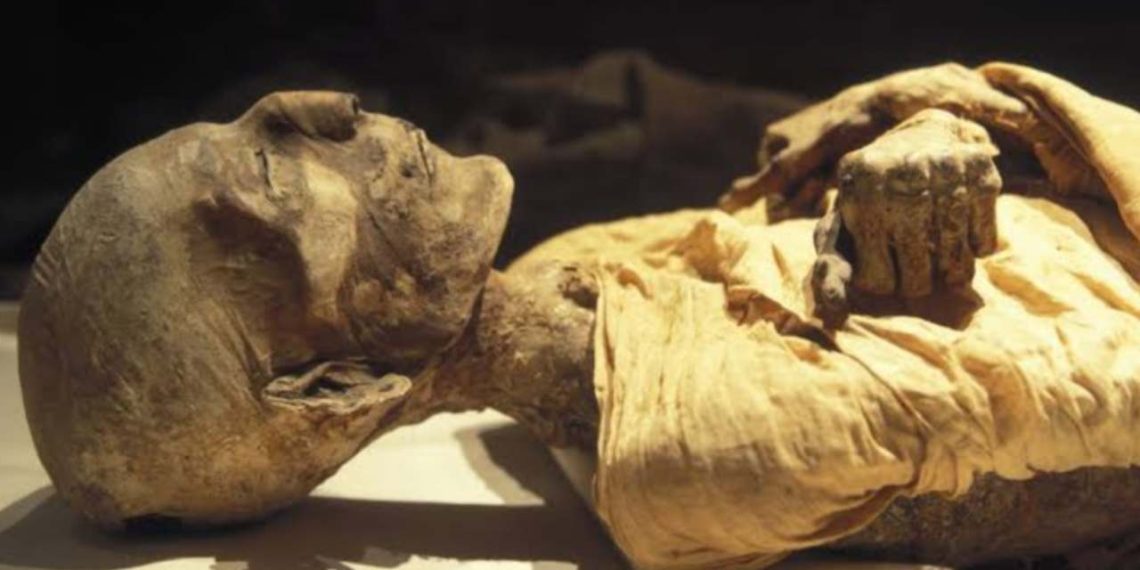King Tutankhamun, an ancient Egyptian pharaoh who ruled from around 1332 to 1323 BCE, died at about 19. Modern forensic analyses reveal he suffered from malaria, a broken lower leg, and congenital deformities from inbreeding. These factors likely contributed to his premature death.
Frank Rühli, a Swiss mummy expert, highlighted that many theories about King Tutankhamun’s cause of death have been proposed since the tomb’s discovery, but none were definitively proven.
CT scans revealed physical anomalies like a cleft palate, long head, curved spine, and fused vertebrae, which are associated with Marfan’s syndrome. However, DNA tests conducted in 2010 ruled out Marfan’s syndrome as a cause.
The Chariot Crash Theory
In 2014, a BBC documentary suggested that King Tutankhamun might have died from injuries sustained in a chariot crash, which could have led to infections and possibly blood poisoning.
This theory is supported by his depictions on chariots and a deformed left foot, suggesting he might have fallen and broken his leg.
However, this theory lacks historical records to substantiate it, and even the Egyptologist involved in the documentary expressed doubts about the theory’s accuracy.
“We cannot at present know how Tutankhamun died,” says Christopher Naunton, an Egyptologist and former head of the Egypt Exploration Society.
Naunton explains that the BBC documentary theorized King Tutankhamun’s injuries could be linked to a chariot crash, as the mummy displayed severe trauma to his left torso and side.
Research suggested such injuries could result from a chariot wheel impact, not from a fall.
However, Naunton notes that it’s uncertain whether these injuries occurred during Tut’s life or were inflicted later during the handling of the mummy after Howard Carter’s discovery.
“It’s quite possible what ultimately killed him has left no trace,” Naunton says.


